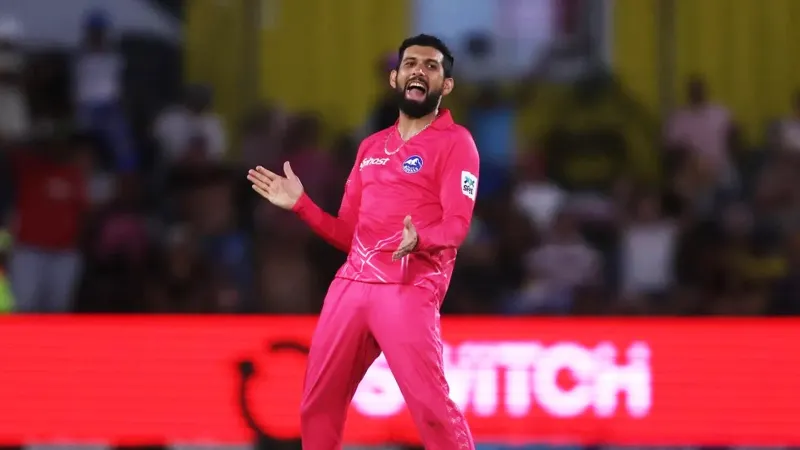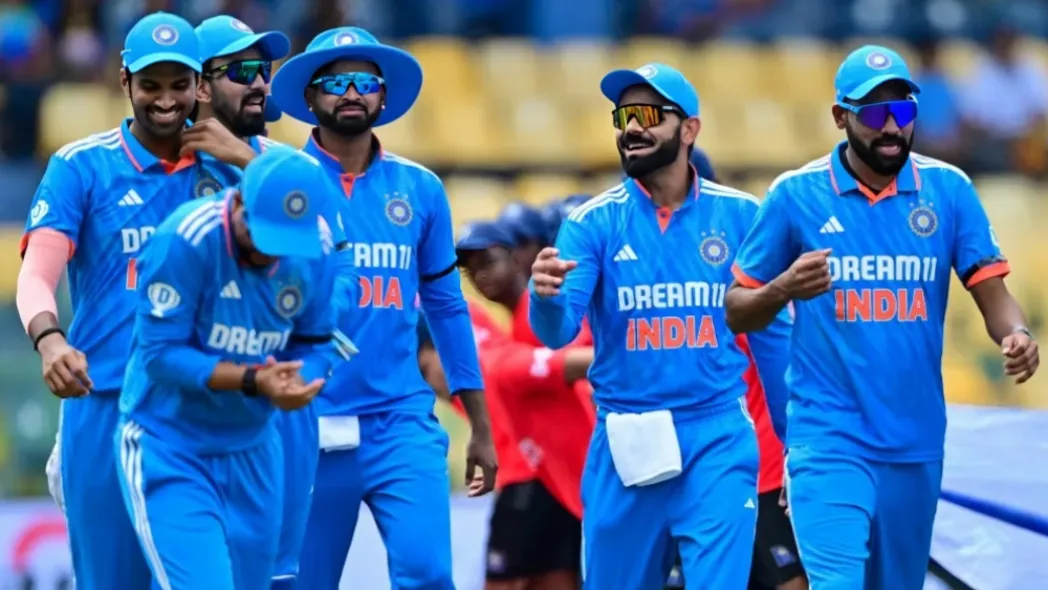If you believed that the last day of the 5th Test at The Oval was just about guts and nerves, you would be mistaken. Sure, there was plenty of fire and drama, but underlying all that commotion was a sense of genuine calmness and thoughtful strategy that allowed India to flip the script. At 35 runs needed for England, and 4 wickets in hand, many would say that it was all but a done deal. Not for India, however, and as former head coach Ravi Shastri suggests, it was smart tactics.
Gill’s Cool Head and Tactical Brilliance
First things first: shoutout to Shubman Gill. Captaining a high-stakes Test series for the first time, he didn’t blink—not even when England were cruising at 301/3. Instead of going defensive or panicking, Gill stuck to a tight tactical plan, something Shastri couldn’t stop raving about.
India didn’t go searching for magic balls. They focused on discipline—keeping the ball wide outside off-stump, making England’s batters reach for it, and baiting them into mistakes. No freebies on the pads. No easy drives down the ground. The boundary options? Only the square of the wicket. This subtle field control changed everything.
The plan wasn’t flashy. It was intelligent, patient, and built to trigger pressure-induced errors. And boy, did it work.
The Turning Point: Jamie Smith’s Early Exit
Day 5 began with Jamie Smith—the last-named batter for England and their last hope—struggling at the crease. England needed just 27 runs. Then came what Stuart Broad described as the “tone-setter.” Siraj, as he had been all game, placed one just wide enough to cause doubt. Smith nicked it. Gone for 2.
Suddenly, England were 347/7. And you could feel the tension ratcheting up with every ball. Siraj and Prasidh Krishna didn’t let up. They didn’t need magic. Just discipline. They stayed in that annoying channel outside off, keeping the batters second-guessing every shot. It was vintage Test cricket with a modern twist—gritty precision wrapped in smart execution. This wasn’t just about skill. It was pressure warfare—and India was winning it.
Why This Win Was More Than Just AW
Let’s be real—India didn’t need this win to prove they’re elite. But this victory felt different. It wasn’t a Rohit-Bumrah masterclass or a one-man rescue act. This was team intelligence at its finest.
From the field placements to the bowling changes, everything had intent. Muhammad Siraj, who had already earned his place as the series’ workhorse, stepped up big time again with three of the final four wickets. Krishna, still settling into the Test setup, held his nerve like a veteran.
And underpinning it all was a strategy that relied not on miracles but on trust—not just trust in the plan, trust in the bowlers, and trust in the process.
For a “flair and firepower” team, this told them, India could equally win, with brains, as they do with brawn.
In a contest where the lines were so thin that the differences in play aren’t even worth discussing, it wasn’t just about who played harder – it was about who played smarter. Shubman Gill’s calm leadership, Siraj’s sapper lines, and India’s collective tactical discipline converged to produce one of the most iconic Test wins in the last few decades.
So the next time you’re watching a game that is seemingly over, just think back to The Oval 2025. Remember that 35 runs and four wickets weren’t enough – because India played the long game.































